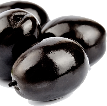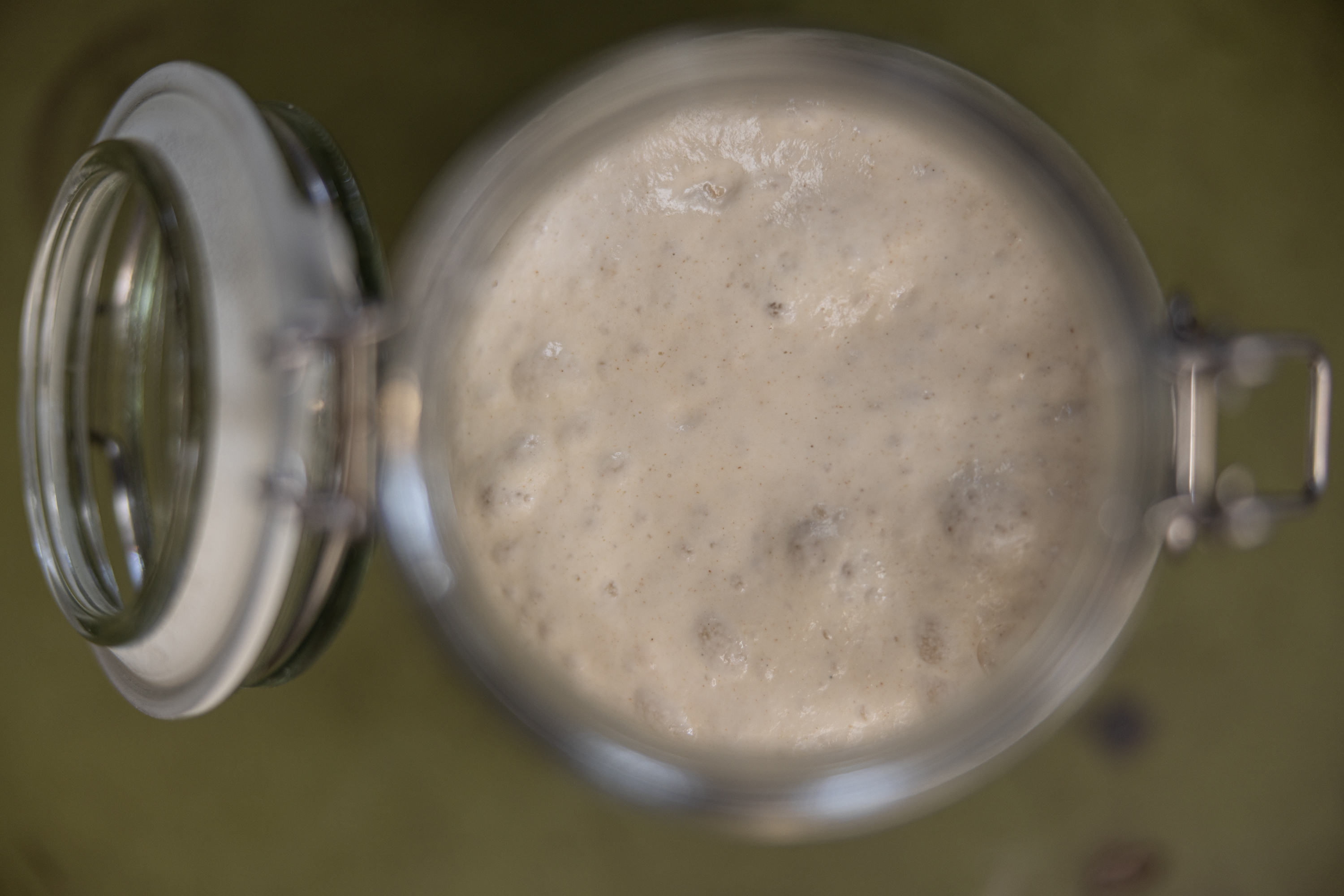







16/07/2025
Making a sourdough starter

Written by
Perfect Pizza Flours
 4311 x views
4311 x views
Of all the starters, sourdough is the only one that acts as a yeast. So you don't add yeast when making a sourdough starter. The sourdough starter is the yeast, once it's ready.
There are many ways to make sourdough and how to keep it alive. There's not just one method or recipe. Sourdough starters are often made with rye flour (a bit easier) or wheat flour (a bit more challenging). This is our method.
Making your own sourdough starter:
Day 1: Mix 50 grams of flour with the same amount of water (50 grams). Store this mixture in a glass jar at a temperature of at least 20°C for about three days. You can either put the lid on loosely or screw it on; air must be able to circulate.Day 2 & 3: On these two days, all you need to do is briefly stir or shake your starter-in-progress.
Day 4: At the beginning of day 4, stir 100 grams of flour and 100 grams of water into the existing mixture. By the end of day 4, your starter should have increased significantly in volume and you'll see nice bubbles. It will also smell sour. If the fermentation hasn't started yet, let the jar sit for another half day. At the end of day 4, discard all but 50 grams of the mixture. To the remaining 50 grams, add another 100 grams of flour and 100 grams of water.
Day 5: About 12 to 24 hours after the last step on day 4, your starter will be ready to use.
Feeding your sourdough: If you're not using your sourdough starter, keep it in the refrigerator. About once a week to a week and a half (this isn't precise), you should feed the starter. Do this by reserving 50 grams of starter and feeding it again with equal parts flour and water. The portion of starter you remove can be used for baking. You can also feed your starter with spelt flour, for example, to give it a different flavor, for example, if you want to make your pizzas with spelt dough.
By feeding your starter, you can practically keep it alive indefinitely. A starter is quite resilient and won't spoil overnight. However, if you wait too long to feed it, the starter can become too sour. Often, the starter can be saved by restarting the feeding process and doing it more intensively for a while.
Flavour development: You can think of sourdough as a small ecosystem where various bacteria and wild yeasts live side by side. This is also what makes each sourdough unique. However, the flavor and acidity of the sourdough, as well as that of the final dough, are certainly also influenced by factors such as the flour used, the fermentation time of the dough, and temperature.
Yeast dough or sourdough dough: The naturally occurring sugars in pizza dough are converted into carbon dioxide (CO2) and alcohol, causing your dough to rise. In yeast dough, it's the yeast (Saccharomyces cerevisiae) that drives this process. In sourdough-based dough, the wild yeasts are responsible for the alcohol fermentation and CO2. However, it's the lactic and acetic acid bacteria in the starter that convert some of the carbohydrates (sugars) into lactic acid, acetic acid, and CO2. This combination of wild yeasts and bacteria creates the characteristic sourdough flavor.
Good te know: Because whole wheat flour (whether rye, wheat, or spelt) contains most of the grain's components, it makes a good starter. Most microorganisms are found in the outermost parts of the grain. Disadvantage of sourdough: Making pizza dough with sourdough certainly comes with some challenges. The dough is more susceptible to tearing, which can hinder the crust from stretching. Sourdough is also sensitive to temperature fluctuations and humidity. Therefore, sourdough dough can feel different on each baking day.
Tip: Do you love the taste of sourdough but aren't keen on making and maintaining your own sourdough starter? Then there's a good alternative. Italian mills sell dried sourdough powder. You can find it with names like Criscito, Naturkraft, Lemady, or simply as dried mother yeast. Because it's dried sourdough, this sourdough powder no longer works as a leavening agent, so you'll always need to add yeast to your dough. You add the sourdough powder for flavour.
“ Sourdough is the most sour tasting of all starters”
Fermentation: about 5 days to make the sourdough starter; after that, the starter must be 'fed' before each use
Percentage of the main dough: about 20%
Flavour: the most sour of all starters
Origin: Most likely ancient Egypt
The effect of sourdough: flavour and texture
Percentage of the main dough: about 20%
Flavour: the most sour of all starters
Origin: Most likely ancient Egypt
The effect of sourdough: flavour and texture




 0
0